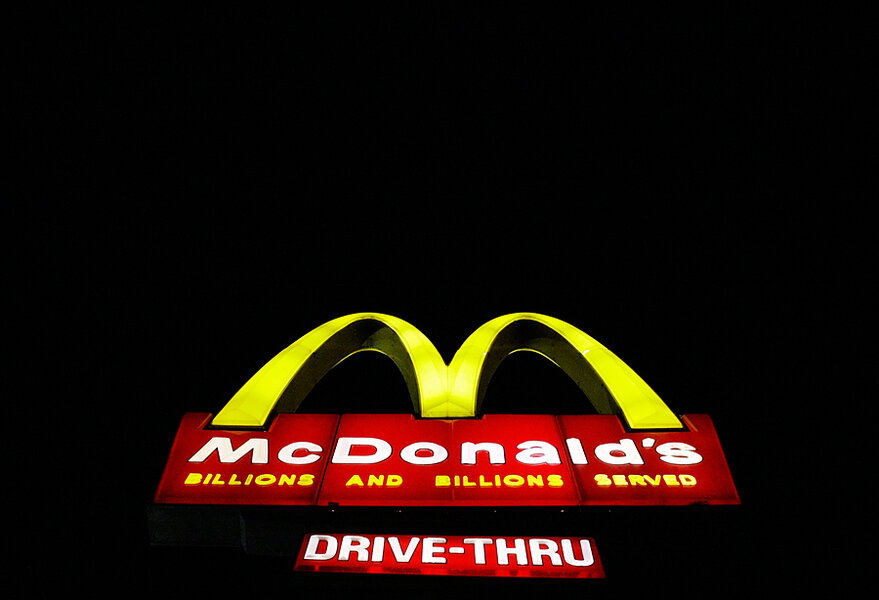Billions and billions served?
Loading...
A friend has invited me to share custody of a pet peeve of his: the "misleading substitution" of the term "visitors" when "visits" might be a better term. The worst offenders, he observes, seem to be transit agencies that report more "riders" than there are people in the area served.
Maybe "rides" would be a better choice? That's the term the Chicago Transit Authority, for instance, straightforwardly uses on its "CTA Facts at a Glance" page: "On an average weekday, 1.6 million rides are taken on CTA." Some would quibble over the passive voice ("are taken") but at least the agency isn't claiming more riders than Illinois has people.
The airline industry uses this oddly expansive terminology, too. I've just checked an online list of the largest airlines in North America in terms of "enplaned passengers, fleet size and number of destinations." The number for Delta Airlines, for instance, for this year to date comes out to nearly 125 million, or about 40 percent of the whole United States population.
The reality, though, is that 125 million "enplaned passengers" by and large means 62.5 million people flying somewhere, and then getting "enplaned" again for a return trip. Each traveler counts as two "passengers" in this counting regime. And a disproportionate share of the trips are taken by a handful of road warriors.
To refer to the aircraft themselves, the aviation industry uses the understated term "movement" to refer to either a takeoff or a landing. Each flight thus consists of two "movements," like some sort of not-quite-traditional symphony, maybe with a molto agitato thrown in if you get caught in turbulence midflight, or an unplanned adagio when the aircraft gets caught up in a late afternoon pileup and it circles in a holding pattern for a while before landing. But why don't they just call them "flights"?
The concept causing trouble here is the compound measure: a measurement made up of two other measures. Speed, for instance, is a compound of distance over time, often expressed as miles per hour. Density is a compound of mass divided by volume.
The foot-pound (a measurement of work, equal to a force of one pound moving through a distance of one foot) and its more poetic cousin, the foot-candle ("A unit of measure of the intensity of light falling on a surface," as the American Heritage Dictionary explains) are other examples. "Man-hour" is another, albeit a bit out of fashion.
Fast food is another realm in which the casual use of compound measures produces some arguably misleading statistics. What we might call a "customer visit" – one customer visiting a restaurant one time – morphs into simply "a customer." That, I thought, may be how McDonald's gets to "billions and billions served."
From a blog called "Over How Many Billion Served?" I have gained some new insight, however: "It is a common misconception that the signs referred to customers served.... McDonald's has also stated many times that the number was meant to refer to hamburger patties and not customers." The "real number" posted on the blog, which hasn't been updated for a few years, was 247 billion in April 2010. The blogger also cited McDonald's in adding that having the patty as the unit of measure, rather than the complete sandwich, means that each Big Mac counts as two.
I suppose that makes each of these sandwiches a meal in two "movements."





